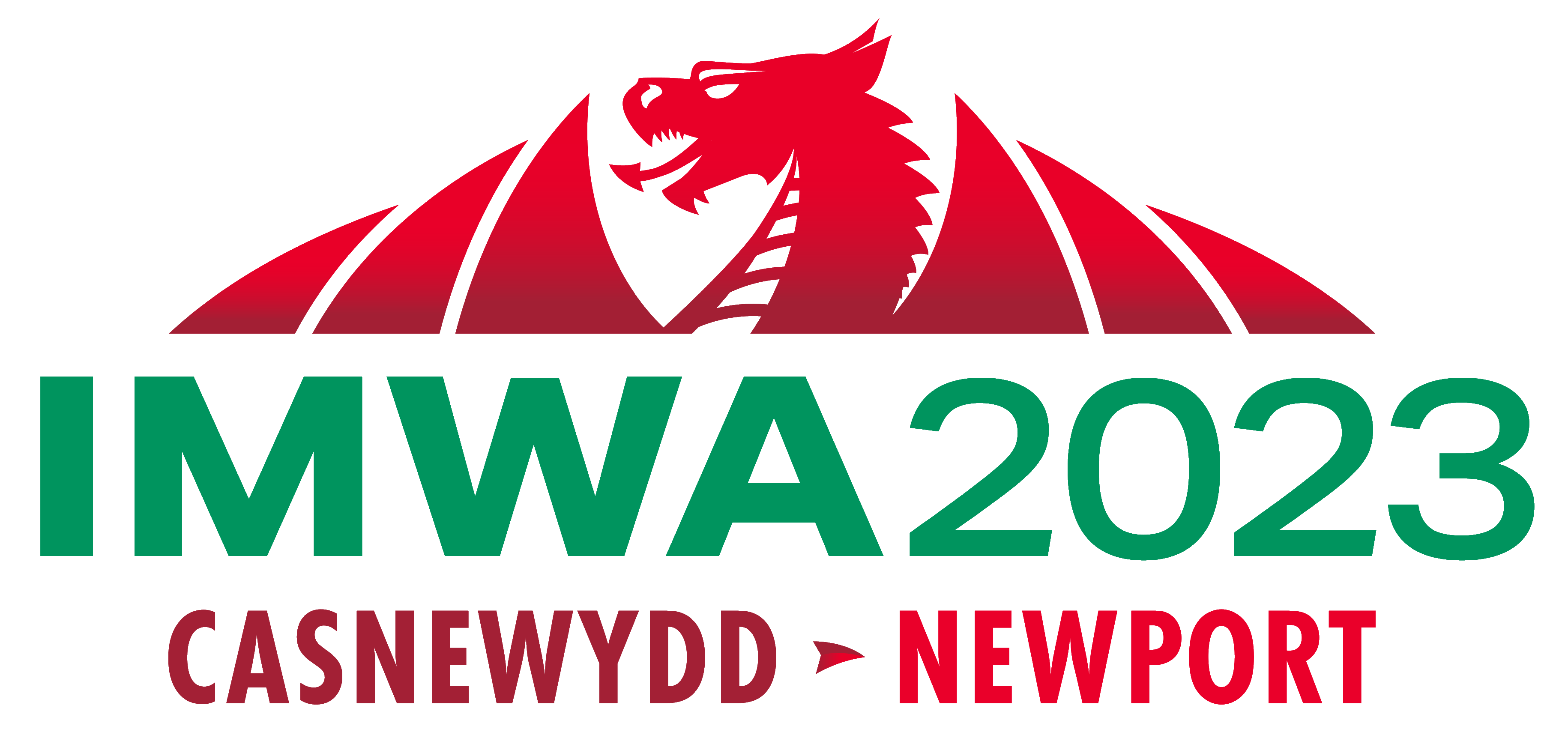A good presentation requires some preparation. Much of the preparatory work will focus on small details. However, do not underestimate the time this will take … and the results.
Here is a list of pitfalls in which you, as a presenter, might be caught. The short list consist of the most serious problems and how to get easily around them.
Saving your Presentation – or how to avoid ♫₤☼♣€Ω
In MS Power Point navigate to “Save as” → “Power Point Show” and name your presentation as follows
SessionNumber_YourName.pps or SessionNumber_YourName.ppsx (e.g. 08_Goodpresenter.ppsx)
In addition, make sure, you ticked “Embed fonts in the file” which you can find in the Power Point Save options. Otherwise, your presentation might become corrupted!
Size of your Presentation – or how to avoid waiting for slides to show up
Presentations with several megabyte size are not necessary. The resolution of a data projector equals roughly 96 dpi, modern ones have 150 dpi. Consequently, you do not need the large graphs your camera provides you. Power Point offers you a simple tool to downsize your presentation. Double click any pixel graph in your presentation. You will find an option called “compress pictures”. Under options, you tick 150 dpi and make sure you compress all pictures. Save your file under a new name, because you need the original if you want to print your presentation or if you want to convert it to a PDF file.
Time you need for one Slide – or how to avoid being interrupted by the Chair
Many technical presentations are too long. However, this is not necessary! Each slide (including the title and the acknowledgements) needs 1.5 to 2.5 minutes of your presentation. Consequently, if you have a 15 minute presentation your presentation must be 6 – 10 slides long (if you are well organized that could go up to 15)! Because we will have up to four parallel sessions, our chairpersons will cut you off after your time is finished!
What you should avoid – or how to make a good presentation
- Power point offers you the possibility that slides will change after a given period. Do not use it for a technical presentation!
- Too many animations. Keep with one or two different types of animations. We already saw enough slides or graphs flying into presentations!
- Video sequences. If you are not sure of how to properly use video sequences within Power Point: ask an expert or leave it!
- If you are an expert, feel free to bring in ppsm files – otherwise do not use them please!
Tricks of the Trade – or what else you should know
- To start your presentation if not saved as a “Power Point Show” press F5
- To navigate back one slide during a presentation, press the “left arrow”, “page up”, or the “p” button on the keyboard – no need to use the mouse
- To navigate to a specific slide during the question period press the slide’s number on the keyboard and press the return button (it is a good idea to have a thumbnail printout of your presentation with all slides numbered in order to find the slide number)
- If you want to explain something and want a white or black screen press W (white) or (B) on the keyboard
- Do not press “escape” at the end of your presentation
- Test all of the above before you come to the congress so that you feel confident when you give your presentation
